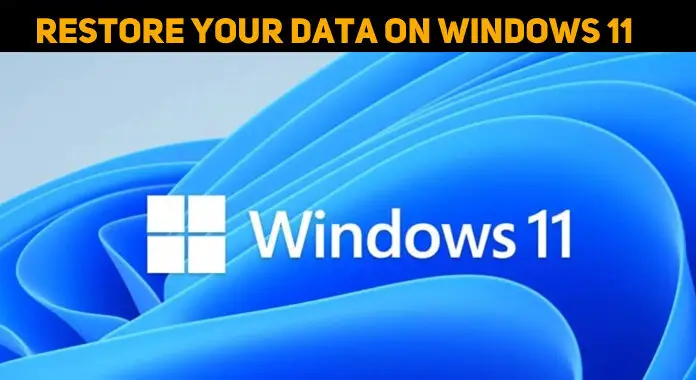Save itunes library and make system backup on 1TB External HD

1 TB of external hard drive is extremely huge. You probably can't use half of it. But you need to double check the total size of your iTunes Library and your automatic desktop back ups. If their total is below 1 TB, by all means store them in the external hard drive.
If you're worried about your backup interfering or overwriting your iTunes library, you can create two separate folders in the external drive. Put your iTunes library in Folder 1 and the backups in Folder 2.
Regards!
Save itunes library and make system backup on 1TB External HD

Try partitioning your disk or formatting it using any of the two method. This way each data will be saved in its own partition and there will be no overwriting you will also be able to save more space for other usage.
Option 1
Partition magic is good software – however you can do most things in the Windows Disk Management application.
Right click "computer" (Vista) or "my computer" (XP) and choose [manage]. In the window that launches, choose [disk management] and then click the disk you want to partition. All partition tasks can be done here. In Vista you can also "extend volume" or "shrink volume" i.e. make a partition bigger or smaller. You cannot do this last item in XP or Windows 2000.
Option 2
If you want to do it manually, click start ->
XP: click "Run" -> type "compmgmt.msc" without quotes & click ok -> click drive management
Vista: type "compmgmt.msc" without quotes, click "compmgmt" above, and hit "Allow/OK" for elevate -> click drive management
Option 3
Formatting your drive for Windows Vista
-
Open Computer Management like this, Right-click on the Computer icon.
-
Click Manage.
-
If you’re prompted for an administrator password or confirmation, type the password or provide confirmation.
-
In the pane on the left, under Storage, click Disk Management
-
Right-click the drive that you want to format—be sure it’s the correct drive—then click Format
-
To format with the default settings, in the Format dialog box, click OK, and then click OK again.
Formatting your drive for Windows XP
-
Open Disk Management like this:
-
Right-click on the My Computer icon, Click Manage, In the pane on the left, under Storage, click Disk Management.
-
Right-click on the drive you want to format. Be sure it’s the correct drive.
-
If you want, you can type a name for the drive in the Volume Label box. This is an optional step.
-
Click the file system that you want to use in the File System box. You can also change the disk allocation unit size, specify whether you want to perform a quick format, or enable file and folder compression on NTFS volumes.
-
Click OK. When you’re prompted to format the drive, click OK again.
Formatting your drive for a Mac
-
Open Disk Utility like this:
-
Click Finder, Click Applications, Click Utilities, Click Disk Utility.
-
Select the drive you want to format. Be sure it’s the correct drive.
-
Go to the Partition tab
-
Click on the Current Volume Scheme drop-down menu and select One (1) partition.
-
Click Options. From the Partition Schemes provided:
-
Click on the GUID Partition Table radio button.
-
–OR–
-
Click on the Apple Partition Map radio button.
-
Click OK. Select other options as desired (e.g., Volume Name, Format, etc).
-
Click Apply. The Partition Disk screen opens.
-
Click Partition. At this point, the volume dismounts from the desktop and the drive is partitioned and formatted.
-
Note: When Volumes are created, Time Machine may open, asking if you would like to use the volume for backups. Click Cancel to proceed.
-
When finished, select the Disk Utility from the Apple Menu and choose Quit Disk Utility.













